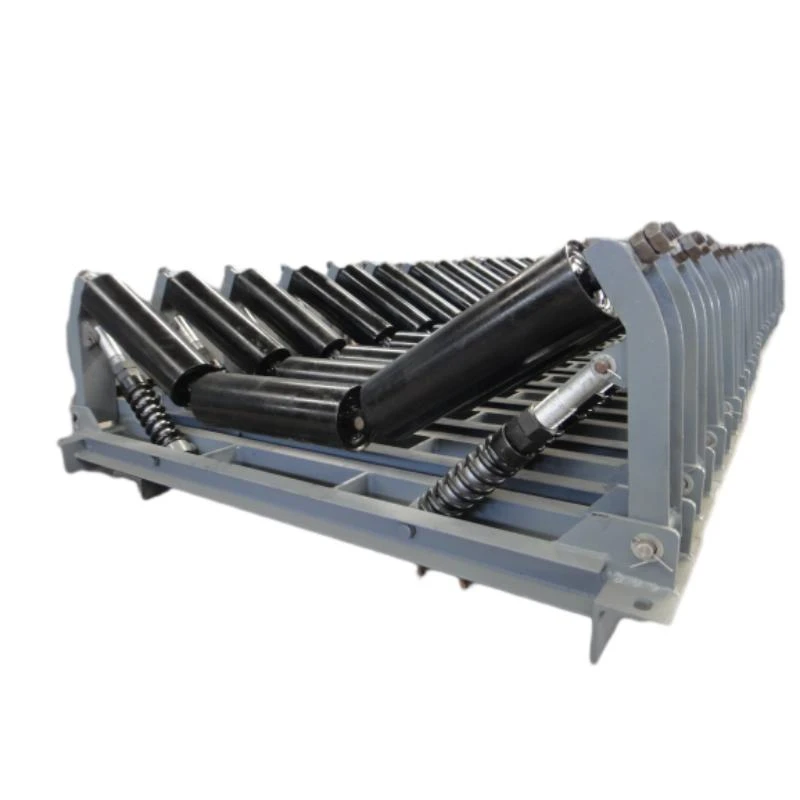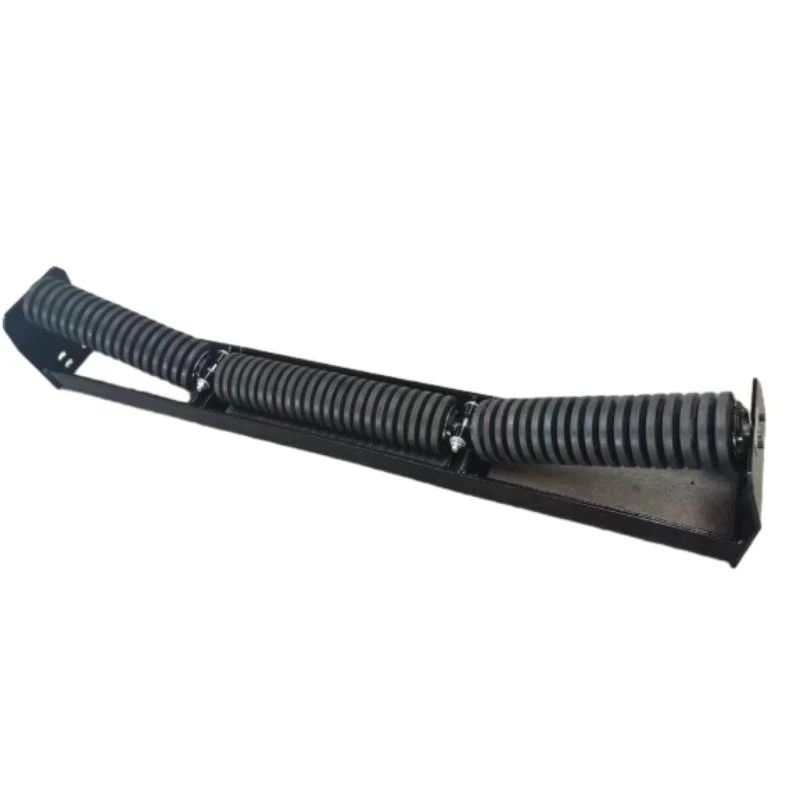 Afrikaans
Afrikaans  Albanian
Albanian  Amharic
Amharic  Arabic
Arabic  Armenian
Armenian  Azerbaijani
Azerbaijani  Basque
Basque  Belarusian
Belarusian  Bengali
Bengali  Bosnian
Bosnian  Bulgarian
Bulgarian  Catalan
Catalan  Cebuano
Cebuano  Corsican
Corsican  Croatian
Croatian  Czech
Czech  Danish
Danish  Dutch
Dutch  English
English  Esperanto
Esperanto  Estonian
Estonian  Finnish
Finnish  French
French  Frisian
Frisian  Galician
Galician  Georgian
Georgian  German
German  Greek
Greek  Gujarati
Gujarati  Haitian Creole
Haitian Creole  hausa
hausa  hawaiian
hawaiian  Hebrew
Hebrew  Hindi
Hindi  Miao
Miao  Hungarian
Hungarian  Icelandic
Icelandic  igbo
igbo  Indonesian
Indonesian  irish
irish  Italian
Italian  Japanese
Japanese  Javanese
Javanese  Kannada
Kannada  kazakh
kazakh  Khmer
Khmer  Rwandese
Rwandese  Korean
Korean  Kurdish
Kurdish  Kyrgyz
Kyrgyz  Lao
Lao  Latin
Latin  Latvian
Latvian  Lithuanian
Lithuanian  Luxembourgish
Luxembourgish  Macedonian
Macedonian  Malgashi
Malgashi  Malay
Malay  Malayalam
Malayalam  Maltese
Maltese  Maori
Maori  Marathi
Marathi  Mongolian
Mongolian  Myanmar
Myanmar  Nepali
Nepali  Norwegian
Norwegian  Norwegian
Norwegian  Occitan
Occitan  Pashto
Pashto  Persian
Persian  Polish
Polish  Portuguese
Portuguese  Punjabi
Punjabi  Romanian
Romanian  Russian
Russian  Samoan
Samoan  Scottish Gaelic
Scottish Gaelic  Serbian
Serbian  Sesotho
Sesotho  Shona
Shona  Sindhi
Sindhi  Sinhala
Sinhala  Slovak
Slovak  Slovenian
Slovenian  Somali
Somali  Spanish
Spanish  Sundanese
Sundanese  Swahili
Swahili  Swedish
Swedish  Tagalog
Tagalog  Tajik
Tajik  Tamil
Tamil  Tatar
Tatar  Telugu
Telugu  Thai
Thai  Turkish
Turkish  Turkmen
Turkmen  Ukrainian
Ukrainian  Urdu
Urdu  Uighur
Uighur  Uzbek
Uzbek  Vietnamese
Vietnamese  Welsh
Welsh  Bantu
Bantu  Yiddish
Yiddish  Yoruba
Yoruba  Zulu
Zulu Feb . 19, 2025 04:43
Back to list
conveyor pulley lagging
Conveyor pulley lagging is a critical component in the efficient operation of conveyor systems. Pulley lagging not only enhances traction between the belt and pulley but also reduces wear and minimizes slippage. While there are various types of lagging materials available, choosing the appropriate type is essential for system efficiency and longevity. With decades of industry experience, the correct selection and application of conveyor pulley lagging can significantly impact productivity and maintenance costs.
Each type of lagging comes with its own set of benefits, but the key to maximizing these benefits lies in the expertise with which the lagging is applied. Selecting an appropriate lagging type involves assessing factors such as environmental conditions, the nature of materials being conveyed, temperature variations, and the overall design and speed of the conveyor system. An expert evaluation can determine whether the lagging should be cold-bonded or hot-bonded, each method offering distinct advantages in terms of adhesion strength and application convenience. While the choice of lagging is paramount, expertise in the installation process can’t be overstated. An improperly installed lagging can lead to premature wear, slippage, and even catastrophic system failure. Therefore, engaging seasoned professionals equipped with the latest installation technologies ensures that the lagging adheres perfectly to the pulley, which, in turn, optimizes the conveyor performance. Building trust and authority in conveyor pulley lagging requires transparency and reliability; thus, collaboration with manufacturers who offer comprehensive after-sales services and technical support is invaluable. A manufacturer’s commitment to quality through rigorous testing procedures and adherence to industry standards further cements their reputation as a trustworthy partner in conveyor system maintenance. Ultimately, choosing the right conveyor pulley lagging and maintaining it effectively leads to improved operational efficiency and reduced costs. Businesses can benefit from enhanced productivity and minimized downtimes by investing in quality materials and expert installation. As the industry progresses, continuous innovations in lagging materials and methods will undoubtedly provide even greater opportunities for optimizing conveyor system performance. It is imperative for businesses to stay informed about these advancements, ensuring that their systems are equipped with the most efficient and durable lagging solutions available.


Each type of lagging comes with its own set of benefits, but the key to maximizing these benefits lies in the expertise with which the lagging is applied. Selecting an appropriate lagging type involves assessing factors such as environmental conditions, the nature of materials being conveyed, temperature variations, and the overall design and speed of the conveyor system. An expert evaluation can determine whether the lagging should be cold-bonded or hot-bonded, each method offering distinct advantages in terms of adhesion strength and application convenience. While the choice of lagging is paramount, expertise in the installation process can’t be overstated. An improperly installed lagging can lead to premature wear, slippage, and even catastrophic system failure. Therefore, engaging seasoned professionals equipped with the latest installation technologies ensures that the lagging adheres perfectly to the pulley, which, in turn, optimizes the conveyor performance. Building trust and authority in conveyor pulley lagging requires transparency and reliability; thus, collaboration with manufacturers who offer comprehensive after-sales services and technical support is invaluable. A manufacturer’s commitment to quality through rigorous testing procedures and adherence to industry standards further cements their reputation as a trustworthy partner in conveyor system maintenance. Ultimately, choosing the right conveyor pulley lagging and maintaining it effectively leads to improved operational efficiency and reduced costs. Businesses can benefit from enhanced productivity and minimized downtimes by investing in quality materials and expert installation. As the industry progresses, continuous innovations in lagging materials and methods will undoubtedly provide even greater opportunities for optimizing conveyor system performance. It is imperative for businesses to stay informed about these advancements, ensuring that their systems are equipped with the most efficient and durable lagging solutions available.
Next:
Latest news
-
Revolutionizing Conveyor Reliability with Advanced Rubber Lagging PulleysNewsJul.22,2025
-
Powering Precision and Durability with Expert Manufacturers of Conveyor ComponentsNewsJul.22,2025
-
Optimizing Conveyor Systems with Advanced Conveyor AccessoriesNewsJul.22,2025
-
Maximize Conveyor Efficiency with Quality Conveyor Idler PulleysNewsJul.22,2025
-
Future-Proof Your Conveyor System with High-Performance Polyurethane RollerNewsJul.22,2025
-
Driving Efficiency Forward with Quality Idlers and RollersNewsJul.22,2025
OUR PRODUCTS





























